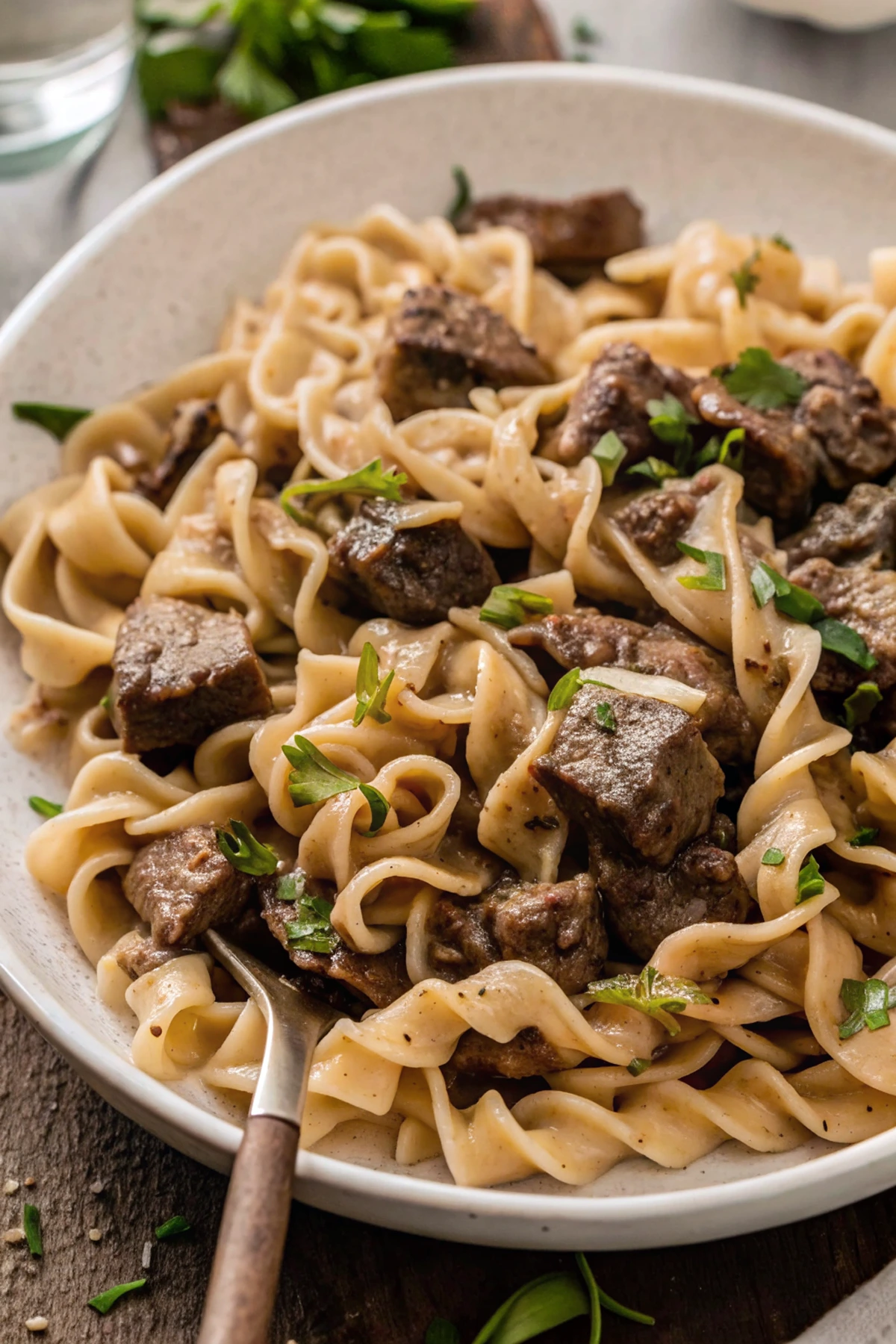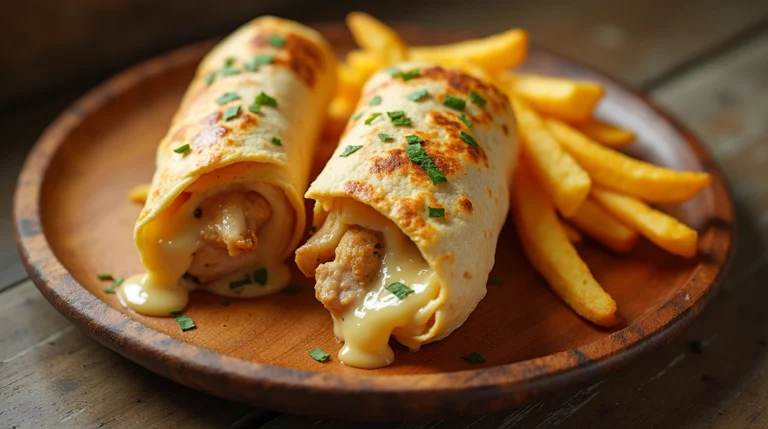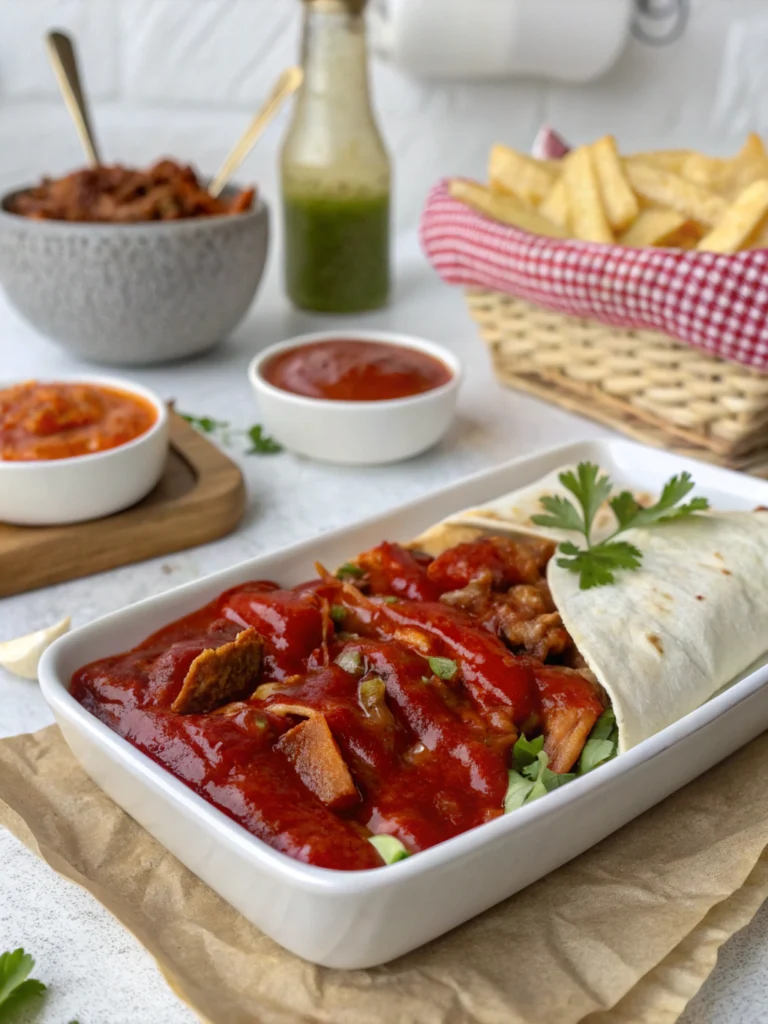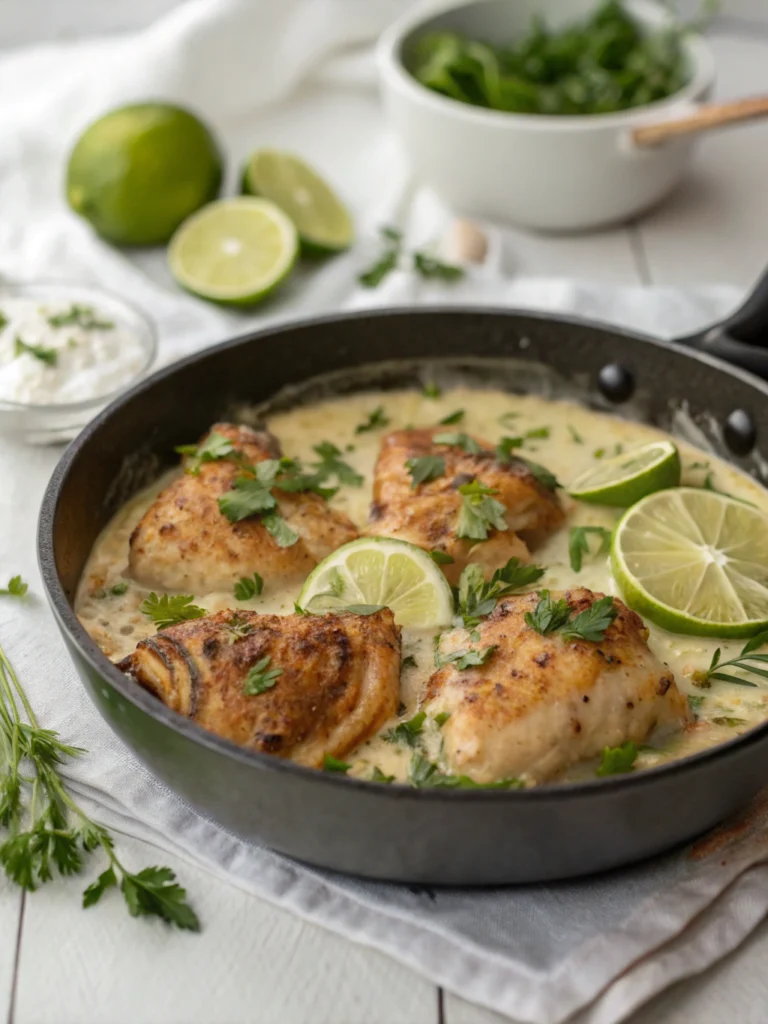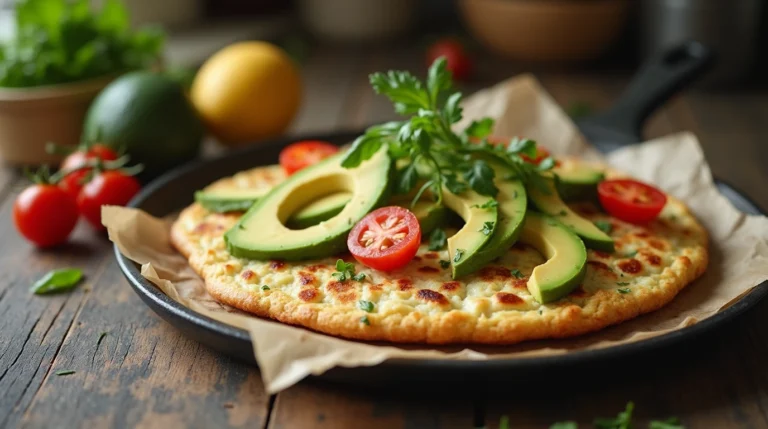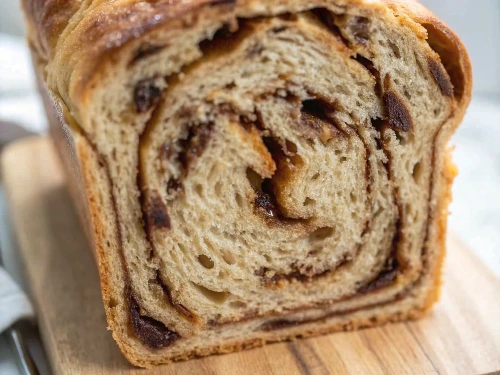Table of Contents
The Comfort of Beef and Noodles: An American Classic
There’s something undeniably magical about a steaming bowl of beef and noodles that takes me back to my grandmother’s kitchen. The aroma of beef slowly simmering with onions and herbs, tender egg noodles soaking up that savory gravy—it’s the definition of comfort food that hugs you from the inside out.
I’ve spent years perfecting my beef and noodles recipe, and I’m thrilled to share it with you today. This one-pot wonder has saved countless weeknight dinners at my house, and I bet it will at yours too. The beauty of beef and noodles is its simplicity: affordable ingredients, straightforward techniques, and a result that tastes like you spent hours in the kitchen (when really, you didn’t!).
Whether you’re craving a creamy beef and noodles recipe or looking for a simple beef and noodles recipe to add to your rotation, I’ve got you covered with variations, tips, and all the know-how you need to make this dish your own. Let’s dive in!
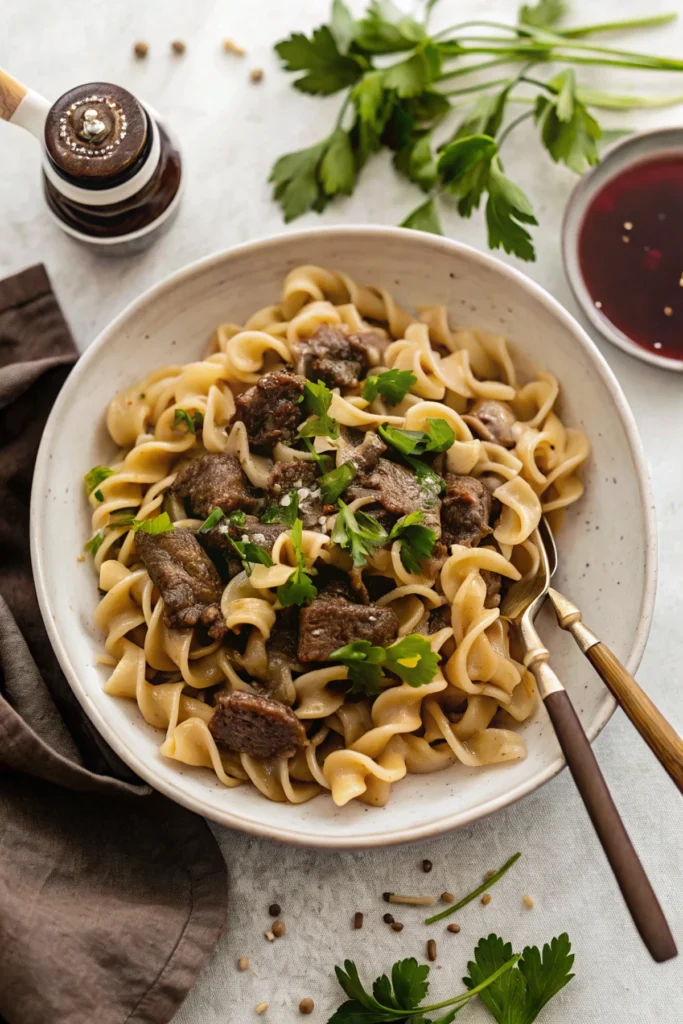
What Makes the Perfect Beef and Noodles?
Before we get to the recipe, let’s talk about what makes truly outstanding beef and noodles. The magic happens in three key components:
- The Beef: Tender chunks that melt in your mouth
- The Broth: Rich, deeply flavored foundation
- The Noodles: The perfect texture to complement the beef
The best beef and noodles balances these elements perfectly, creating a harmony of flavors and textures that’s greater than the sum of its parts. While some recipes lean toward a more creamy beef and noodles recipe style and others keep it simple with a clear broth, both approaches have their merits—and I’ll show you how to nail either one!
Ingredients You’ll Need for Beef and Noodles
For the Beef and Gravy:
- 2 pounds chuck roast or stew meat, cut into 1-inch cubes
- 2 tablespoons vegetable oil
- 1 large onion, diced
- 3 cloves garlic, minced
- 2 carrots, diced (optional but adds sweetness)
- 2 stalks celery, diced (optional for flavor depth)
- 2 tablespoons all-purpose flour
- 4 cups beef broth (low sodium preferred)
- 1 tablespoon Worcestershire sauce
- 1 teaspoon dried thyme
- 1 bay leaf
- Salt and freshly ground black pepper to taste
For the Noodles:
- 12 ounces egg noodles (wide or extra-wide work best)
- Fresh parsley for garnish
For Creamy Version (Optional):
- 1/2 cup sour cream
- 1/4 cup heavy cream
Equipment You’ll Need
One of the beautiful things about beef and noodles is that it doesn’t require fancy equipment:
- A large Dutch oven or heavy-bottomed pot
- A wooden spoon
- Measuring cups and spoons
- A sharp knife and cutting board
That’s it! This simplicity is what makes beef and noodles such an accessible dish for cooks of all experience levels.
Step-by-Step Beef and Noodles Recipe
Preparing the Beef
Pat the beef dry with paper towels. This is crucial for getting a good sear—moisture is the enemy of browning!
Season generously with salt and pepper. Don’t be shy here; this is where we build our first layer of flavor.
Heat the oil in your Dutch oven over medium-high heat until it’s shimmering but not smoking.
Brown the beef in batches, about 2-3 minutes per side. Working in batches is essential—overcrowding the pan causes the meat to steam rather than sear. You want that beautiful caramelization that adds depth to your beef and noodles.
Transfer the browned beef to a plate and set aside. Those browned bits left in the pan? That’s flavor gold we’ll use in the next steps!
Building the Flavor Base
Reduce heat to medium and add the diced onion to the same pot. Cook until translucent, about 3-4 minutes.
Add the garlic, carrots, and celery (if using) and cook for another 2 minutes until fragrant. Your kitchen should start smelling amazing right about now!
Sprinkle the flour over the vegetables and stir constantly for 1-2 minutes. This creates a roux that will thicken our gravy—a crucial element for classic beef and noodles.
Slowly pour in the beef broth, whisking constantly to prevent lumps. This is the moment where we deglaze the pan, scraping up all those caramelized bits from the bottom—that’s where the deep flavor lives!
Return the beef to the pot along with any accumulated juices (don’t waste that flavor!).
Add Worcestershire sauce, thyme, and bay leaf. These ingredients add depth and complexity to your beef and noodles that make people wonder what your secret is!
The Simmer: Where Magic Happens
Bring to a gentle boil, then reduce heat to maintain a low simmer. Cover and let cook for 1 to 1.5 hours, or until the beef is fork-tender. This slow cooking is what transforms tough cuts into melt-in-your-mouth morsels in your beef and noodles.
Check occasionally and add more broth if needed. The liquid should reduce and intensify in flavor, but you want to maintain enough for cooking the noodles.
Taste and adjust seasoning. The broth should be rich and savory—this is the soul of your beef and noodles!
Adding the Noodles
Increase heat to medium and bring the liquid to a more active simmer.
Add the egg noodles directly to the pot. Stir gently to submerge them in the broth.
Cook according to package directions, usually 7-9 minutes, until the noodles are tender but still have a slight bite (al dente).
Stir occasionally to prevent sticking and ensure even cooking. The noodles will absorb the flavorful broth, becoming an integral part of your beef and noodles masterpiece.
For Creamy Beef and Noodles (Optional)
If you’re making a creamy beef and noodles recipe:
Reduce heat to low once the noodles are cooked.
In a small bowl, whisk together the sour cream and heavy cream.
Temper the mixture by slowly adding a few tablespoons of the hot broth, whisking constantly.
Stir the tempered cream mixture into the pot. This technique prevents curdling, ensuring your creamy beef and noodles has a smooth, luscious texture.
Heat gently until warmed through, but do not boil after adding cream.
Finishing Touches
Remove the bay leaf before serving—nobody wants to bite into that!
Taste one final time and adjust seasonings if needed.
Garnish with fresh chopped parsley for a pop of color and fresh flavor.
Serve hot in bowls, making sure each portion has a generous amount of beef, noodles, and that incredible gravy.
Tips for the Best Beef and Noodles
Meat Selection Matters
For truly exceptional beef and noodles, choose the right cut of meat. Chuck roast is my go-to because it has excellent marbling that breaks down during cooking, creating tender beef and rich gravy. Other good options include:
- Beef stew meat (pre-cut for convenience)
- Bottom round (leaner but still works well)
- Brisket (amazing flavor but needs longer cooking)
Whichever cut you choose, remember that the magic of beef and noodles comes from transforming tougher, less expensive cuts into something spectacular through slow cooking.
Noodle Know-How
The noodles in beef and noodles aren’t just a supporting player—they’re co-stars! Here’s what to know:
Traditional egg noodles work best, preferably the wide or extra-wide variety. They hold up to the hearty gravy and provide the authentic texture for classic beef and noodles.
Cook them slightly al dente in the broth, as they’ll continue to absorb liquid as they sit.
Homemade egg noodles take beef and noodles to the next level if you have the time (I’ll share my quick recipe in the variations section).
Don’t overcook! Mushy noodles are the enemy of good beef and noodles.
Flavor Boosters for Outstanding Beef and Noodles
Want to elevate your beef and noodles from good to unforgettable? Try these flavor-enhancing tricks:
- Add a splash of red wine when deglazing the pan
- Toss in a parmesan rind during simmering (remove before serving)
- Incorporate mushrooms with the vegetables for an earthy depth
- Use better-than-bouillon instead of regular broth for more intensity
- Finish with a touch of fresh lemon zest to brighten the rich flavors
Simple Beef and Noodles Recipe Variations
Instant Pot Beef and Noodles
Short on time? A pressure cooker can deliver tender beef and noodles in a fraction of the time:
- Use the sauté function to brown the meat and vegetables
- Pressure cook the beef with broth and seasonings for 20 minutes with a 10-minute natural release
- Release remaining pressure, open lid, set to sauté, and add noodles
- Cook until noodles are tender, about 5-7 minutes
- Finish with the creamy elements if desired
This approach turns beef and noodles into a viable weeknight dinner, even when you’re short on time!
Slow Cooker Beef and Noodles
For those days when you want to come home to dinner already made:
- Brown the meat and vegetables on the stovetop first (don’t skip this!)
- Transfer to the slow cooker with broth and seasonings
- Cook on low for 7-8 hours or high for 4-5 hours
- About 30 minutes before serving, cook noodles separately, then add to the slow cooker
- Stir in creamy elements if using
This method makes beef and noodles incredibly convenient while still delivering on flavor.
Homemade Noodles for Traditional Beef and Noodles
Want to experience beef and noodles like our grandmothers made? Try these simple homemade noodles:
- Mix 2 cups flour, 3 eggs, 1 teaspoon salt, and 1-2 tablespoons water
- Knead until smooth, then let rest 30 minutes
- Roll thin and cut into strips
- Add directly to simmering broth and cook 3-5 minutes
The texture and flavor of homemade noodles brings an authentic dimension to beef and noodles that store-bought can’t quite match.
Vegetable-Packed Beef and Noodles
To make your beef and noodles a more complete one-pot meal:
- Add diced bell peppers with the onions
- Stir in frozen peas and corn during the last 5 minutes of cooking
- Consider adding baby spinach right before serving
- Try diced sweet potatoes for unexpected sweetness
These additions create a more nutritionally balanced beef and noodles without sacrificing the comfort food appeal.
Storing and Reheating Your Beef and Noodles
One of the joys of beef and noodles is that it often tastes even better the next day! Here’s how to handle leftovers:
Refrigerating:
- Cool beef and noodles completely before storing
- Place in airtight containers and refrigerate for up to 3 days
- The noodles will continue to absorb liquid, so you may need to add a splash of broth when reheating
Freezing:
- For best results, freeze beef and gravy separately from noodles
- If freezing together, slightly undercook the noodles
- Freeze in portion-sized containers for up to 3 months
- Thaw overnight in the refrigerator before reheating
Reheating Beef and Noodles:
- Stovetop: Heat slowly with added broth to loosen
- Microwave: Use medium power with a splash of liquid, stirring halfway through
- Oven: Cover and heat at 325°F until warmed through, adding liquid as needed
Serving Suggestions for Beef and Noodles
While beef and noodles is satisfying on its own, these sides complement it beautifully:
- Crusty bread for sopping up every last drop of that amazing gravy
- Simple green salad with a bright vinaigrette to cut through the richness
- Roasted vegetables like Brussels sprouts or broccoli
- Cranberry sauce for a sweet-tart contrast (trust me on this unexpected pairing!)
- Garlic bread for an extra indulgent meal
Frequently Asked Questions About Beef and Noodles
Can I use other meats instead of beef?
Absolutely! While traditional beef and noodles calls for beef, you can adapt this with chicken thighs, pork shoulder, or even turkey. Each will create a different flavor profile but follows the same cooking principles.
My beef is tough. What went wrong?
Paradoxically, tough beef in your beef and noodles likely means it’s either undercooked or overcooked. If undercooked, continue simmering until fork-tender. If it seems overcooked and dry, you may have used too lean a cut or cooked at too high a temperature.
Can I make beef and noodles ahead of time?
Yes! In fact, beef and noodles often tastes better the next day. I recommend making the beef portion a day ahead, then reheating and adding freshly cooked noodles just before serving for the best texture.
What’s the difference between beef and noodles and beef stroganoff?
While both are beef-based comfort foods, traditional beef stroganoff includes mushrooms and sour cream as essential ingredients and is typically served over buttered noodles rather than cooked in the same pot. Beef and noodles is generally simpler, with the noodles cooked directly in the beef broth.
My gravy is too thin. How can I thicken it?
If your beef and noodles has thin gravy, make a slurry with 1 tablespoon cornstarch and 2 tablespoons cold water. Add this to the simmering liquid and cook for a few minutes until thickened.
Can I make beef and noodles gluten-free?
Yes! Use gluten-free flour for thickening, ensure your Worcestershire sauce is gluten-free, and substitute gluten-free pasta. Rice noodles or gluten-free egg noodles both work well in beef and noodles.
A Final Note on Beef and Noodles
There’s a reason dishes like beef and noodles endure through generations—they speak a universal language of comfort, nourishment, and care. Whether you opt for a creamy beef and noodles recipe or stick with the simple beef and noodles recipe I’ve shared, you’re connecting with a culinary tradition that has warmed hearts and homes for decades.
I’d love to hear how your beef and noodles turns out! Did you try any of the variations? Do you have a family twist on beef and noodles that makes it special? Drop a comment below and share your experience or ask any questions. And if this recipe becomes a favorite in your home, share it with friends who could use a comforting meal in their rotation.
Until next time, happy cooking and even happier eating!
Hungry for more? Check out our top rated recipes :

